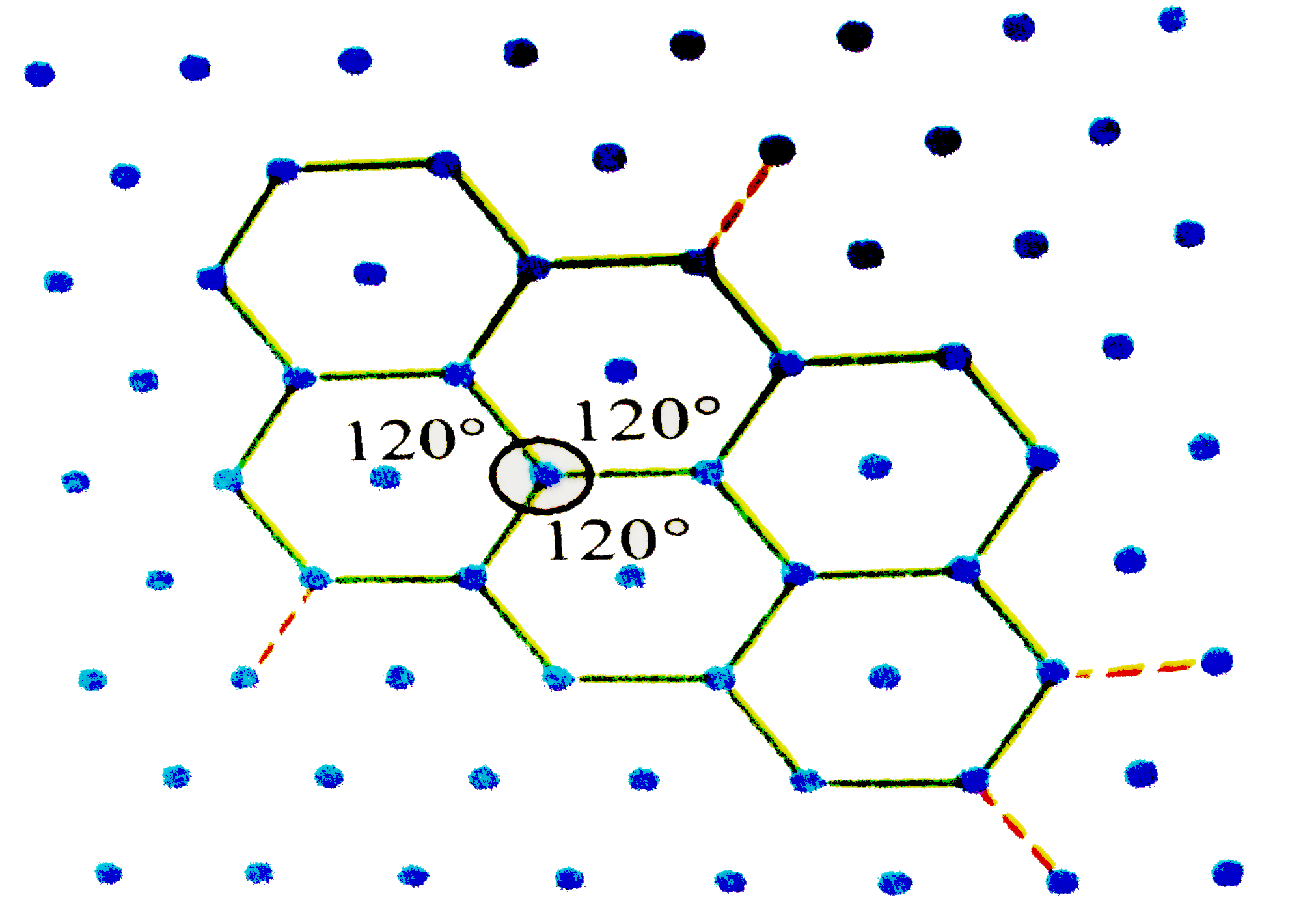Fructose is subjected to bond cleavages by HlO4. The number of HCHO units per unit of fructose is……………
To determine the number of HCHO (formaldehyde) units produced per unit of fructose when subjected to oxidative cleavage by periodic acid (HIO4), we can follow these steps:
1. Identify the Structure of Fructose:
Fructose is a ketose sugar with the molecular formula C6H12O6. Its structure includes a ketone group and multiple hydroxyl groups.
2. Understand the Reaction with HIO4:
Periodic acid (HIO4) cleaves the carbon-carbon bonds adjacent to hydroxyl groups in sugars. This reaction leads to the formation of smaller aldehyde or ketone units.
3. Determine the Number of Cleavages:
For fructose, there are 5 carbon-carbon bonds that can be cleaved by HIO4. Each cleavage typically results in the formation of smaller units, including HCHO.
4. Calculate the HCHO Units:
- When fructose undergoes oxidative cleavage by HIO4, it produces 2 moles of HCHO (formaldehyde) units.
- This is because during the cleavage process, some of the carbon atoms are converted into formaldehyde while others may form different products.
5. Final Conclusion:
Therefore, the number of HCHO units produced per unit of fructose when cleaved by HIO4 is 2.
Fructose is a ketose sugar with the molecular formula C6H12O6. Its structure includes a ketone group and multiple hydroxyl groups.
Periodic acid (HIO4) cleaves the carbon-carbon bonds adjacent to hydroxyl groups in sugars. This reaction leads to the formation of smaller aldehyde or ketone units.
For fructose, there are 5 carbon-carbon bonds that can be cleaved by HIO4. Each cleavage typically results in the formation of smaller units, including HCHO.
- When fructose undergoes oxidative cleavage by HIO4, it produces 2 moles of HCHO (formaldehyde) units.
- This is because during the cleavage process, some of the carbon atoms are converted into formaldehyde while others may form different products.
Therefore, the number of HCHO units produced per unit of fructose when cleaved by HIO4 is 2.
Topper's Solved these Questions
- CARBOHYDRATES, AMINO ACIDS, POLYMERS AND PRACTICAL ORGANIC CHEMISTRYBOOK - FIITJEECHAPTER - CARBOHYDRATES, AMINO ACIDS, POLYMERS AND PRACTICAL ORGANIC CHEMISTRYEXERCISE - EXERCISE
4 Videos
- CARBOHYDRATES, AMINO ACIDS, POLYMERS AND PRACTICAL ORGANIC CHEMISTRYBOOK - FIITJEECHAPTER - CARBOHYDRATES, AMINO ACIDS, POLYMERS AND PRACTICAL ORGANIC CHEMISTRYEXERCISE - ASSIGNMENT PROBLEMS (OBJECTIVE) LEVEL-II MATRIX-MATCH TYPE QUESTIONS
3 Videos
- ATOMIC STRUCTUREBOOK - FIITJEECHAPTER - ATOMIC STRUCTUREEXERCISE - NUMERICAL BASED QUESTIONS INDICATED BY DIGITAL INTEGER BY XXXXX.XX
2 Videos
- CARBOXYLIC ACIDS AND ITS DERIVATIVESBOOK - FIITJEECHAPTER - CARBOXYLIC ACIDS AND ITS DERIVATIVESEXERCISE - SINGLE INTEGER ANSWER TYPE QUESTIONS
1 Video
Similar Questions
Knowledge Check
The number of atoms per unit cell in bcc lattice is
A1B2C4D6In CsCl the number of formula units per unit cell is
A2B4C6D12The number of atoms per unit cell in bcc lattice is
A1B2C4D9
The number of atoms per unit cell in a face-centred cube is:
View SolutionNumber of asymmetric carbon atoms in fructose
View SolutionThe number of carbon atoms per unit cell of diamond unit cell is
View SolutionThe number of carbon atoms per unit cell of diamond unit cell is
View SolutionThe number of carbon atoms per unit cell of diamond unit cell is
View Solution

